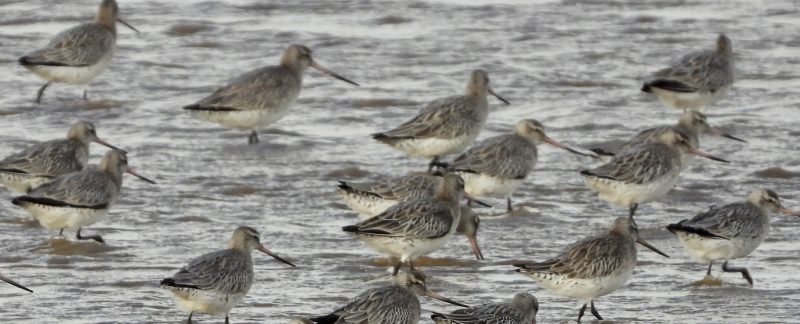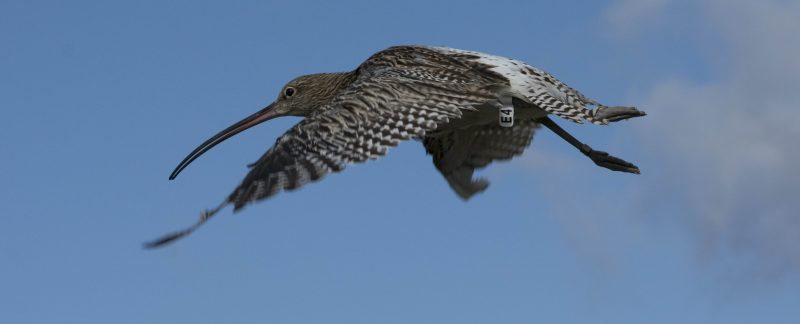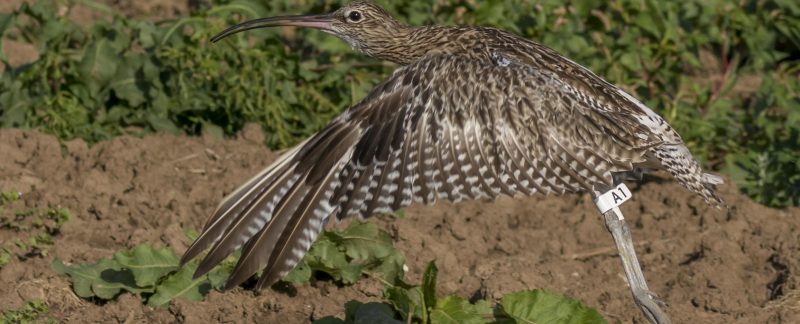Friday 28 March
Recces on Friday produced no catching options on the Norfolk side, and so the best option seemed to be to set on Horseshoe Lagoon. The usual group of Oystercatchers was using the site over high tide, although in reduced numbers compared to the last trip. However, it was hoped that the higher tide predicted on Saturday would bring over Knot in fair numbers.
No mist netting was planned for Friday night. The team all managed to arrive throughout the evening, despite various mechanical issues, and enjoyed a dinner of baked potatoes. A briefing was then held to plan Saturday morning’s activities, which were to be a mix of net-setting and resighting.
Continue Reading →




